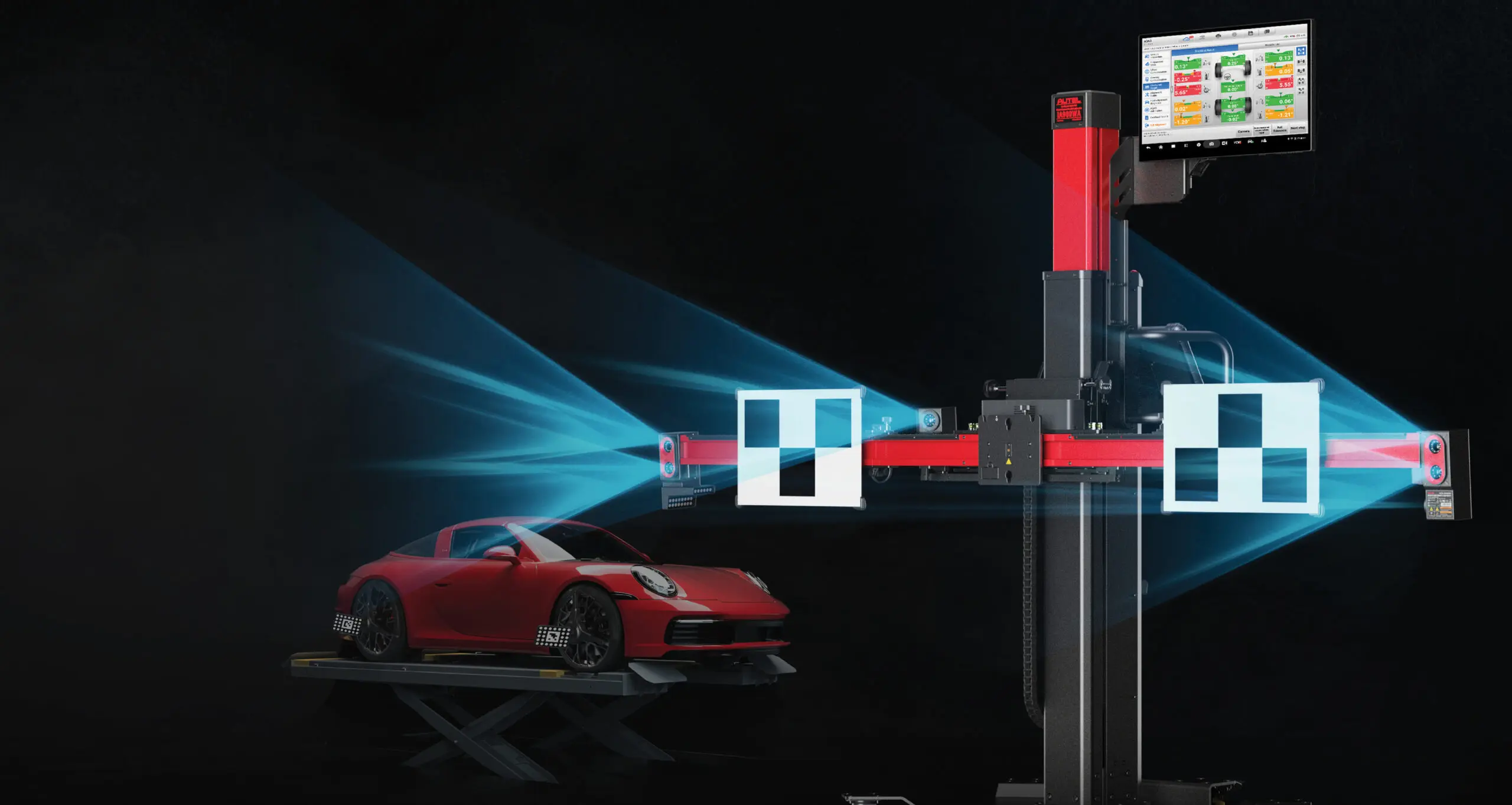The Impact of 3D Printing on Custom Auto Parts Production
Tags: 3DPrintingInAutoParts, AdditiveManufacturing, AutoCustomization, CustomAutoParts, FutureOfAutoTech, InnovationsInManufacturing

Car manufacturers can utilize 3D printing technology to quickly produce custom parts for every vehicle they manufacture, leading to reduced inventory costs and shipping expenses. Furthermore, this technique allows car companies to rapidly prototype designs, speeding up product development cycles.
Automotive spare and replacement parts were traditionally stored in warehouses until needed; now however, digital inventory solutions and on-demand production offer the promise of a new paradigm.
Cost-effectiveness
3D printing offers designers an economical alternative to traditional manufacturing processes, enabling them to iterate designs quickly without incurring tooling expenses – leading to reduced lead times and quicker product development cycles.
3D printing offers cost-effective post-processing capabilities as well. Support removal, sanding and painting costs can add substantial expenses for printed parts; however, manufacturers can reduce these expenses by reorienting components to reduce support requirements.
Car manufacturers can utilize digital CAD libraries to produce parts on demand, which reduces inventory costs by eliminating warehouse storage of spare parts and improving operational efficiency by decreasing supply chain delays. Furthermore, this sustainable production approach aligns perfectly with automotive industry efforts to reduce waste.
Innovation
With manufacturing processes under constant scrutiny for cost effectiveness, adaptability and sustainability, 3D printing offers an exciting opportunity to streamline production. In turn, this innovation is revolutionising the automotive industry by offering new approaches to production and customisation.
3D printing technology has proven an invaluable asset to automotive companies, helping them reduce production costs, time to market, waste generation, energy usage and energy consumption significantly.
This technology is already being applied across various applications in the automotive industry, from prototyping to mass production of legacy parts and custom components. Most recently, it was employed to make lightweight steering wheels for Bloodhound LSR car. Furthermore, medical applications of 3D printing include printing patient-specific implants such as titanium pelvis implants for British patients or plastic tracheal splints for American infants.
Efficiency
3D printing stands apart from traditional manufacturing methods by eliminating large inventories and their associated high warehousing costs, enabling on-demand production that reduces storage costs significantly while eliminating massive warehouses altogether. Furthermore, this saves energy costs which is good news for the environment as storage accounts for 13% of carbon emissions.
3D printing offers both cost and time savings in the prototyping process, unlike subtractive tooling which could take weeks. Instead, 3D printing can produce new designs in just hours!
Automakers find this method makes it easier to stay ahead of the competition when developing new cars or redesigning existing components, in an industry with such rapid change. Furthermore, this enables automakers to produce intricate parts which enhance aesthetics or allow drivers to personalize their rides more easily.
Sustainability
Three-D printing technology provides manufacturers with an effective means to develop digital CAD libraries of essential spare parts and produce them on demand, eliminating supply chain delays while cutting inventory storage costs and energy demands. Furthermore, this process reduces carbon emissions associated with logistics as well as energy demands.
Car manufacturers can utilize this technique to design and fabricate complex structures without the use of traditional moulds, producing lightweight solutions using plastic components and composite materials that significantly decrease weight, increasing fuel efficiency and performance.
Additionally, 3D printing technology can also be used to quickly prototype designs. Alfa Romeo’s F1 team uses scaled-down models of their final cars printed by 3D printers as prototypes in wind tunnels and stress testing situations to conduct dynamic tests for dynamic testing scenarios in wind tunnels or stress testing scenarios – this enables Alfa Romeo’s agile car manufacturing processes that respond more rapidly to customer feedback while driving creativity and faster time-to-market for new models.








